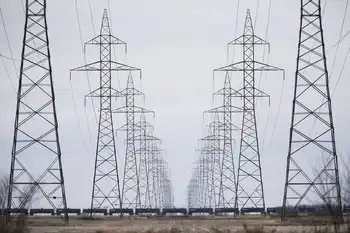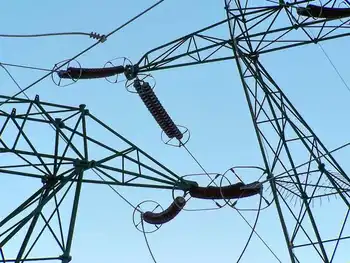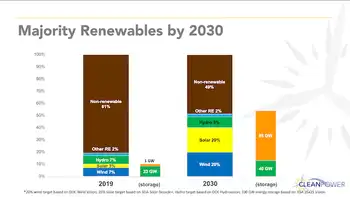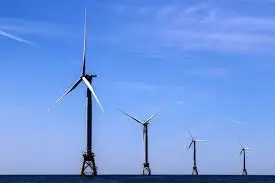Power production and the coal industry
By Associated Content
NFPA 70e Training
Our customized live online or in‑person group training can be delivered to your staff at your location.

- Live Online
- 6 hours Instructor-led
- Group Training Available
Electricity seems magical, with new uses being invented and developed daily all over the globe. Producing electricity, however, can be costly, though more for the environment than for the pocketbook.
The usual suspect here is the coal industry, although hydropower producers and nuclear plants also have their issues. Today we'll consider some problems facing coal mining concerns and consumers of electricity produced by coal-fired utility operations.
The leading controversy for the coal industry at the moment is CO2 emissions. The chemical compound carbon dioxide, or CO2, is implicated in global warming, a cause for concern not just among environmentalists but also for anyone living near a coastline.
Capturing and sequestering CO2 output is the chief research focus for most coal-fired facilities. Ideas put forth so far have been of little use for retrofitting aging plants and are still too expensive for the more modern and more efficient operations.
The government's approach, while supportive of R&D efforts, has focused more on providing incentives, such as the so-called cap-and-trade system that permits companies producing few polluting emissions to sell their allotments or credits to companies with bigger pollution problems. Supposedly, the largest emitters would encounter financial hits significant enough to drive them out of business.
However, in this case, coal is the cheapest and most abundant fossil fuel available for electricity providers. Driving coal plants out of business is just not going to happen any time soon. Recently, the Obama Administration, with input from Energy Department Secretary Steven Chu, decided to restart the FutureGen project, a demonstration coal plant expected to produce zero CO2 emissions. The plant will be located in Mattoon, Illinois; and some of the funding is government stimulus money related to recovery from the current recession.
In Germany, Vattenfall energy company has already launched a coal-fired pilot project intended to separate out the CO2, liquefy the gas, and truck it to a facility with the capability to inject the substance far underground for permanent storage.
Other controversial matters for the coal industry are mountaintop mining and hazardous waste handling. Strip surface mining, involving the removal of woodlands and useless rocks, coal extraction, and eventual land reclamation projects, is common in the Appalachians but is also a regular practice in Australian coalfields. The moonscape effect of this extraction method, so different from deep-pit mining, is ominous to observe, although its proponents cite efficiency, transitory impact, and site upgrading as distinct pluses for such projects.
Regarding waste byproducts, coal fly ash slurries exist near most coal mining operations. While the majority are adequately dammed and regularly inspected, accidents do happen.
The most recent mishap occurred in December 2008 near Kingston, Tennessee, where a dike was breached and homes, fields, and waterways were flooded with the toxic gray sludge. The Tennessee Valley Authority-operated power plant implicated in the incident, the Kingston Fossil Plant, continues to operate while reports are written, lawsuits are filed, and cleanup continues apace.
One unusual aspect of coal, which is essentially a combustible rock, is that fires once started with it are difficult to extinguish.
Underground coal fires exist in the United States, most notably in Centralia, Pennsylvania, as well as in many other countries, including China, Russia, and Australia.
Obviously, dealing with coal can be a tricky business. And trying to re-brand it as 'clean coal' with the aid of intricate technologies is, at best, disingenuous. Still, coal is plentiful and, in this current economy at least, relatively cheap. So finding a way to handle it as a productive and environmentally responsible energy source is a reasonable goal.
About all that consumers can do is to embrace energy conservation, as they do not really have a say in how their electricity suppliers, their local utilities, go about providing power to customers. Coal plants are plentiful in the U.S., especially in the Midwest, with hydropower concerns and nuclear facilities concentrated on the coasts.
However, most utilities purchase electricity from more than one source; so, trying to go green and coal-free, for example, is not a viable consumer choice. Research, pilot projects, and public attention to the coal industry may be our best bets to move forward, enjoying the marvel that is electricity but not causing additional harm to the planet.











